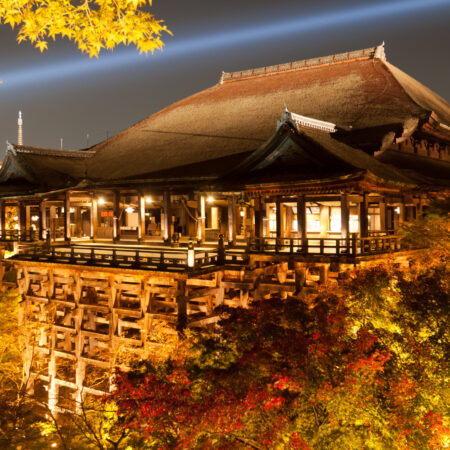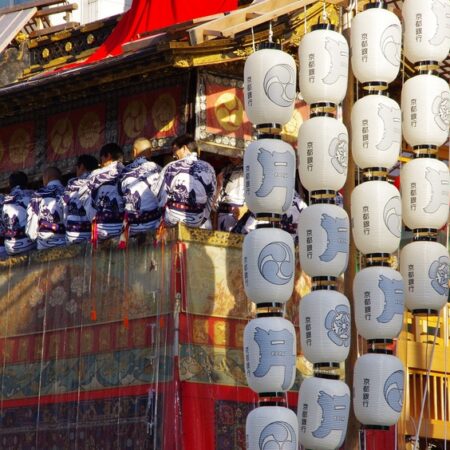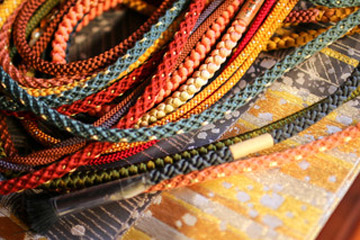Traditional crafts are the origin of Japanese manufacturing. Made using techniques that have been passed down since ancient times, there are 236 items designated as "traditional crafts" by the Japanese government. As a definition of country designation, it is necessary to meet the following five conditions:
①Used in daily life
②Manufacturing process is manual
③Manufacturing with traditional techniques
④Manufacturing using raw materials that have been traditionally used
⑤Production areas are organized in a certain area.
In today's world where we are surrounded by many cheap and convenient things. The habit of using one thing carefully for a long time is disappearing. Things that used to be made by hand can now be mass-produced by machines, and there are many such things around us. It is important to create items incorporating newly advanced techniques while preserving traditional techniques. In Kasai region, you can find many traditional crafts with advanced techniques, which can imply that the Kansai region was the center of culture and politics. In Kasai region, many workshops offer lessons that allow tourists to actually make their own items:
Kyoto
There are 80 items of traditional crafts namely NISHIJIN textiles, Kyoto lacquerware, Kyoto fans, Kyoto Buddhist altar fittings in Kyoto City, and the sake brewery district in Fushimi Ward - one of the leading sake production areas in Japan.
Osaka
There are 20 items of traditional crafts, among which are Osaka Ranma (transom), Sakai Cutlery, and Osaka Tinware are famous.
Wakayama
There are 10 types of traditional crafts, and Kishu lacquerware from the Kuroe district of Kainan City is especially famous.
Hyogo
There are 25 traditional crafts, and Nada's sake is the number one producer in Japan. Cutlery and pottery are also popular.
Shiga
There are 40 items of traditional handicrafts, especially Buddhist altars, pottery, and cloth production in Sanakan.
Nara
There are 20 traditional crafts, and Nara tea whisks, Nara brushes, and Nara ink sticks are especially famous. It is also said to be the birthplace of Japanese sake.
Mie
There are 33 types of traditional crafts, and the most famous are Kumihimo from Iga City, Banko Ware from Yokkaichi City, Iga Ware from Iga City, Suzukazumi from Suzuka City, and Katagami from Ise City.
You can experience those traditional art crafts in many workshops. If you are interested in a specific traditional craft, we will create a tour for you.






